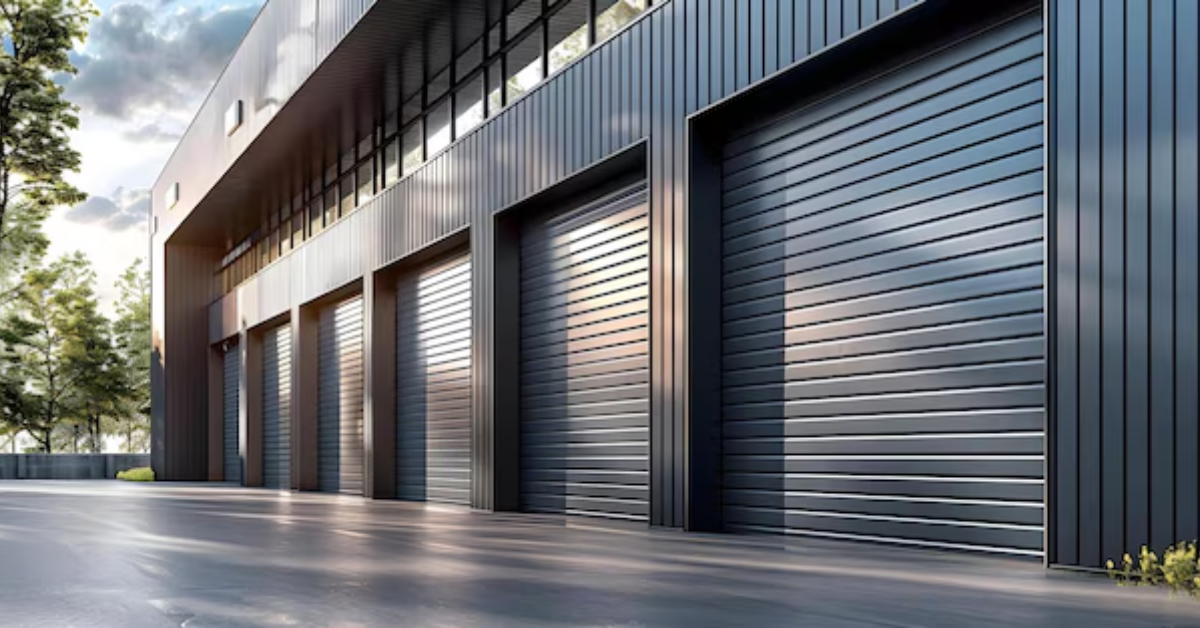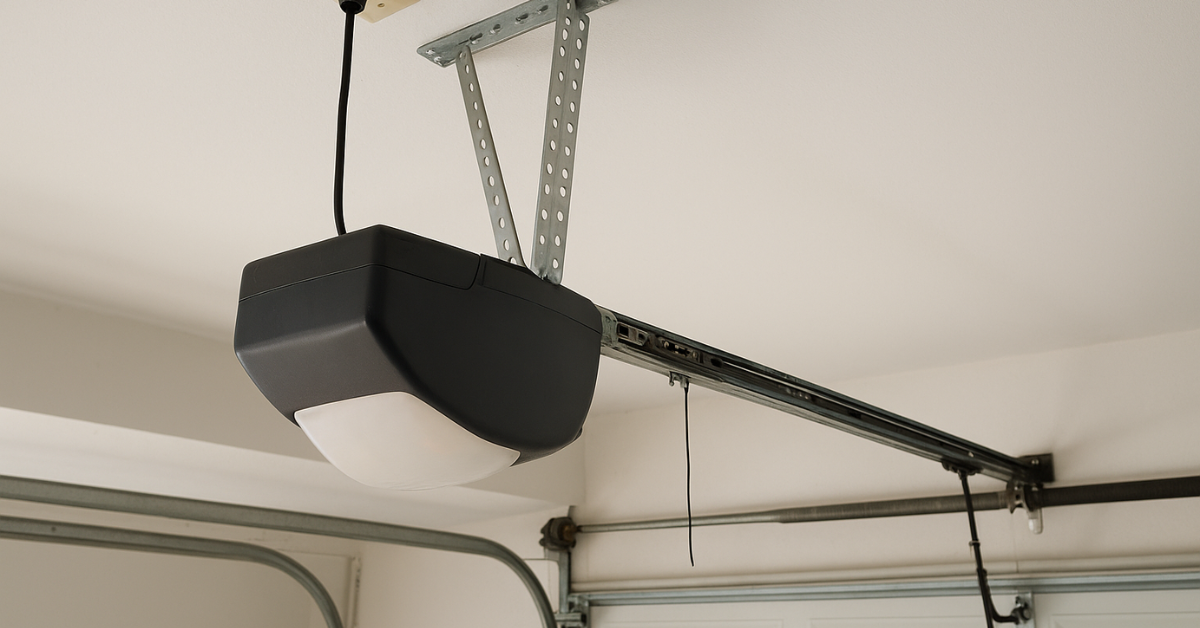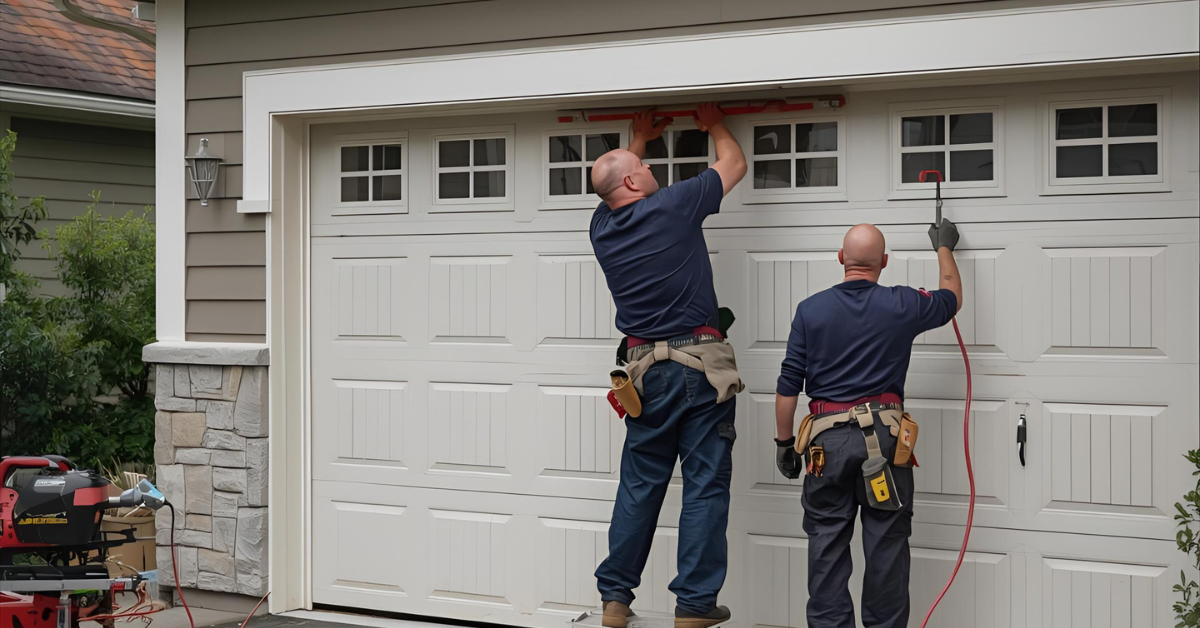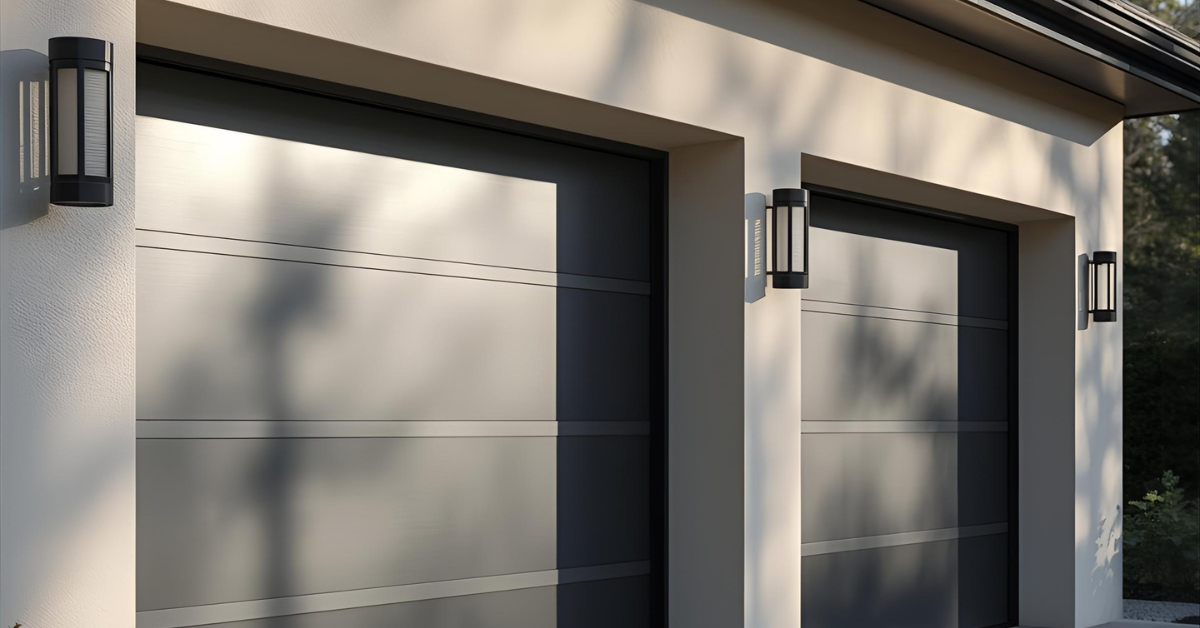Essential Maintenance Tips for High-Traffic Commercial Garage Doors
Essential Maintenance Tips for High-Traffic Commercial Garage Doors
Commercial buildings rely on many moving components, but high-traffic commercial garage doors are among the hardest-working. Whether installed in warehouses, distribution centers, auto shops, or fleet facilities, these doors open and close dozens—sometimes hundreds—of times a day. With such demanding use, regular maintenance isn’t optional; it’s a necessity.
Proper upkeep ensures smooth operation, reduces unexpected downtime, prevents costly repairs, and extends the lifespan of the entire system. In this guide, we’ll explore the most important maintenance practices to keep your commercial garage doors safe, efficient, and reliable year-round.
Why Maintenance Matters for High-Traffic Commercial Garage Doors
Before diving into specific tips, it’s helpful to understand why maintenance is so critical, especially for commercial spaces.
High-traffic commercial garage doors experience constant strain on essential components like rollers, springs, tracks, and openers. When these parts wear down or fail, operations can come to a halt. That means delayed shipments, unsafe work areas, and expensive emergency repairs.
Routine maintenance offers multiple benefits:
- Longer equipment lifespan
- Reduced downtime
- Improved worker safety
- Lower long-term repair costs
- Consistent opening and closing performance
- Better energy efficiency
With the right approach, these heavy-duty doors can operate smoothly—even in extreme environments or around-the-clock facilities.
Key Maintenance Tips for High-Traffic Commercial Garage Doors
Let’s break down the essential steps business owners, facility managers, and maintenance professionals should take to preserve door function and reliability.
Inspect Door Components Regularly
High-use doors require frequent inspections—ideally monthly. Regular checks help detect small issues before they develop into costly problems.
What to Look for During Inspections
During every inspection, pay attention to:
- Rollers: Look for chips, cracks, or uneven rolling.
- Tracks: Ensure alignment and look for bending, rust, or debris.
- Springs: Check for gaps, corrosion, and extension spring wear.
- Cables: Watch for fraying or loose tension.
- Hinges: Inspect for cracks, looseness, or misalignment.
- Door Panels: Look for dents, insulation damage, or moisture exposure.
Because commercial doors are typically larger and heavier than residential ones, even slight wear can quickly lead to operational issues.
How To Install A Commercial Garage Door Opener
Lubricate Moving Parts to Reduce Wear
Friction is one of the biggest problems for high-traffic commercial garage doors. Lubrication is a simple but crucial maintenance step that protects moving parts and ensures smooth movement.
Areas That Require Lubrication
Apply a high-quality silicone or lithium garage door lubricant to:
- Springs
- Rollers
- Hinges
- Bearings
- Locks
- Tracks (lightly—avoid heavy coatings)
Always avoid WD-40, as it removes lubrication rather than providing it.
Lubricate every 2–3 months, or more frequently in dusty, humid, or cold environments.
Check the Commercial Garage Door Opener System
The opener is the heart of any commercial garage door system. High-cycle operators designed for commercial use need routine care to handle heavy workloads.
Key Areas to Maintain
- Safety Sensors: Ensure alignment and clean the lenses.
- Motor Functionality: Watch for unusual noises, vibrations, or overheating.
- Chain/Belt Tension: Keep tension correct for smooth operation.
- Backup Batteries: Test battery backups regularly, especially in power outage–prone facilities.
If the opener hesitates or strains during use, have a technician perform a deeper diagnostic test.
Ensure Tracks Stay Clean and Aligned
Dust, shipping debris, forklifts, and climate factors all affect track alignment and cleanliness. When tracks are misaligned, the door may jam, drag, or come off-track entirely—leading to safety hazards.
Maintenance Steps for Tracks
- Remove dust, dirt, and debris regularly.
- Straighten bent sections before they worsen.
- Tighten any loose mounting brackets or bolts.
- Ensure both sides of the track remain level and parallel.
Professional alignment is strongly recommended if tracks show consistent drifting or visible damage.
The Importance of Regular Maintenance for Commercial Doors
Test the Door’s Safety Features
Commercial garage doors must meet strict safety standards. Testing these features regularly ensures compliance and protects employees.
Safety Features That Need Testing
- Auto-Reverse System: Should reverse when meeting resistance.
- Photo-Eye Sensors: Must detect movement and stop the door.
- Manual Release: Should disengage smoothly for emergencies.
- Braking System (for heavy doors): Check for fast, reliable stops.
Never operate a commercial door with malfunctioning safety features—this puts workers at risk.
Keep the Door Clean and Protected
Dirt, moisture, and weather elements can weaken your commercial door over time. Regular cleaning protects both the exterior panels and the internal hardware.
Tips for Cleaning Commercial Doors
- Wash steel doors with mild soap and water.
- Inspect insulation for moisture damage.
- Clear debris from the bottom seal and threshold area.
- Repaint or reseal when finish begins fading or chipping.
Facilities near industrial areas or coastal regions may require more frequent cleanings.
How to Make Your Commercial Door More Inviting
Schedule Professional Servicing Annually
While daily or monthly maintenance can be done in-house, annual servicing should always be performed by a certified commercial garage door technician.
Professionals can identify hidden problems, adjust spring tension, balance the door, calibrate the opener, and replace worn-out components safely.
High-traffic garage doors may even benefit from semiannual or quarterly servicing depending on usage.
Conclusion
High-traffic commercial garage doors work harder than almost any other mechanical system in a facility. With consistent inspections, lubrication, safety checks, cleaning, and professional servicing, you can dramatically extend their lifespan and ensure uninterrupted operation.
Prioritizing maintenance not only protects your investment but also ensures smoother workflows, safer workspaces, and fewer unexpected breakdowns. A well-maintained commercial garage door keeps your business moving—literally.
FAQs
Q1. How often should commercial garage doors be serviced?
A: High-traffic doors should be inspected monthly and serviced professionally at least once a year.
Q2. What causes commercial garage doors to wear out quickly?
A: High usage, improper lubrication, misaligned tracks, harsh environments, and lack of regular maintenance all contribute to faster wear.
Q3. Can I perform commercial garage door maintenance myself?
A: Basic tasks like cleaning and lubrication are safe, but spring adjustments, cable replacements, and opener repairs should be handled by professionals.
Q4. How long does a commercial garage door typically last?
A: With proper maintenance, commercial garage doors can last 10–20 years depending on usage and environment.
Q5. Why is my commercial garage door making noise?
A: Noises may inicate worn rollers, dry hinges, misaligned tracks, or motor issues. Maintenance is needed immediately.d




